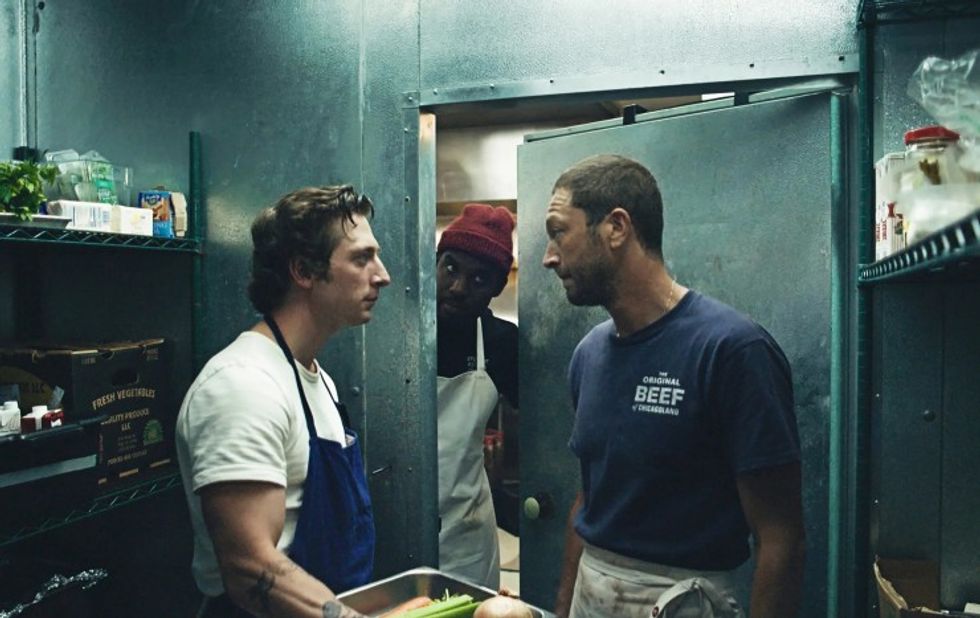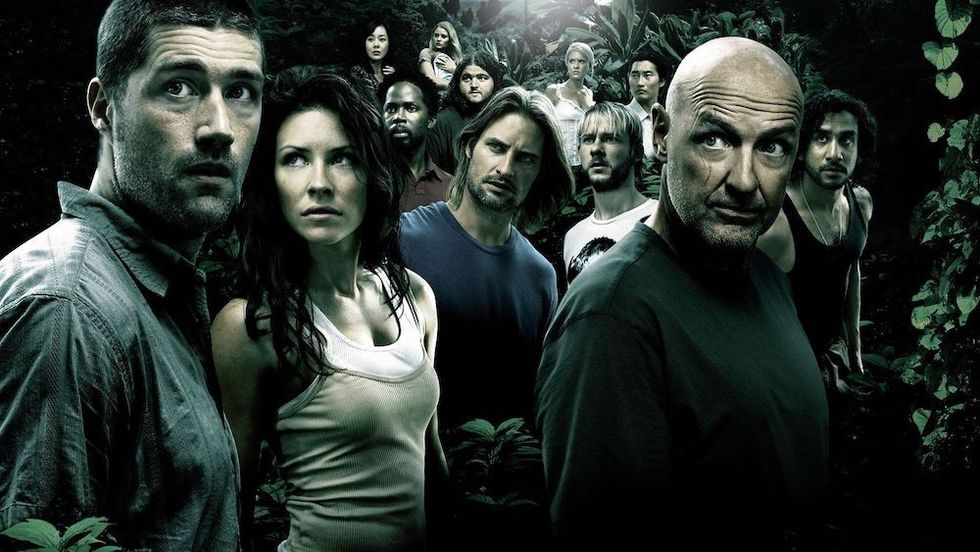
It feels like every time a new TV show comes out on streaming, I see the debate on the internet: is it better to release your show weekly or to drop all the episodes at once?
Truly, I go back and forth on the topic. I love binging a show I am obsessed with, and that pulls me in. but I also love the routine and conversation around a weekly drop. It also helps me avoid major spoilers and gives me something to look forward to.
Today, I want to get into both sides of the argument and see where we come out.
Let’s dive in.
The All At Once Method

When Ripley debuted on Netflix the other day, I was in my seat watching it the first night. and by the next day, I had seen it all.
I got to talk to my friends who binged it, and feel in the know with an online community, who also did the same.
I also probably spiked the ratings for Netflix, showing them how enthusiastic I am for the show in the hopes that they greenlight more seasons or make similar shows in the future.
There are a couple other benefits to this model:
- Instant Gratification: Viewers hungry to see what happens next get their fix immediately. This can generate rapid word-of-mouth buzz and intense online discussion.
- Viewer Control: Audiences can watch at their own pace. The flexibility is especially appealing for those with busy schedules or a preference for a marathon viewing session.
Binge Model Drawbacks

But after I was done with the show, I was also done with the discourse. I didn’t know what episode my friends were on, and I had to watch talking to them as to not spoil big moments or reveals.
Also, I’m afraid I am going to forget about this show, since I consumed it in two days and was onto the next thing. It didn’t make an impact on my life outside of the story.
And if I hadn’t watched it immediately, I bet it would have been spoiled for me.
- Spoilers Galore: With the whole series out there, it’s incredibly difficult to avoid accidental plot reveals on social media.
- Shortened Hype Cycle: The initial surge of excitement for a binge release may burn out quickly, with conversations dying down faster than those around a weekly show.
- Potential for Burnout: It can be tempting to rush through a series in a single sitting, sacrificing savoring the storytelling and potentially affecting viewer retention.
The Weekly Drop Model

When I was in high school, my weeks revolved around Lost. I would go to parties to watch episodes, go on forums to talk to people about theories, and made friends from the show.
As an adult, that kind of passion has translated to shows like Game of Thrones, and even stayed consistent with Survivor.
These weekly viewings give me something to look forward to and to talk about with my friends. and they make these shows a much larger part of my life.
Here’s the benefits of this model:
- Building Anticipation: Each new episode becomes an event, giving the show sustained staying power in online discussions and media coverage.
- Watercooler Moments: Weekly releases encourage communal viewing as everyone’s on the same page, generating shared speculation and fan theories.
- Measured Pacing: Viewers have time to digest storylines and character arcs, potentially improving engagement and emotional investment.
Weekly Release Drawbacks

I’ll be honest, it was hard to find drawbacks for this model. I think the anticipation and building of a show into a cultural lexicon is important.
And I also love the communal experience of everyone jumping on socal after an epsidoe, and even live-tweeting it.
Here’s what I came up with:
- Frustration for Eager Fans: Waiting can be agonizing, especially with cliffhanger episode endings.
- Subscriber Retention: Viewers may keep subscriptions active longer with a steady supply of fresh content under the weekly release model. And weekly, they may choose to cancel and wait until all episodes have dropped.
The Verdict
If we are picking favorites, I like the weekly drop because it gives me something to look forward to, and it also allows me to fill my days with something else, so I don’t feel like I am rushing through something.
It helps build your show’s anticipation, and it allows for shows to pivot mid season if something is not working with their audience, instead of committing to every idea out of the gate.
Ultimately, there’s no single best distribution model, just ones you prefer.
The debate continues, but one thing’s clear: streaming’s flexibility has revolutionized how we consume television.
Let me know your prefercne in the comments.
Author: Jason Hellerman
This article comes from No Film School and can be read on the original site.
